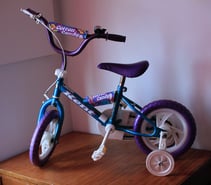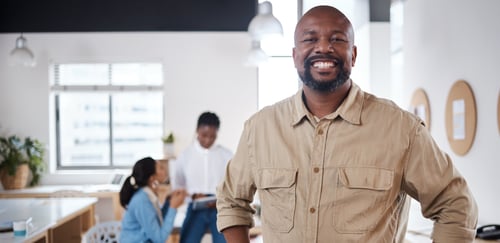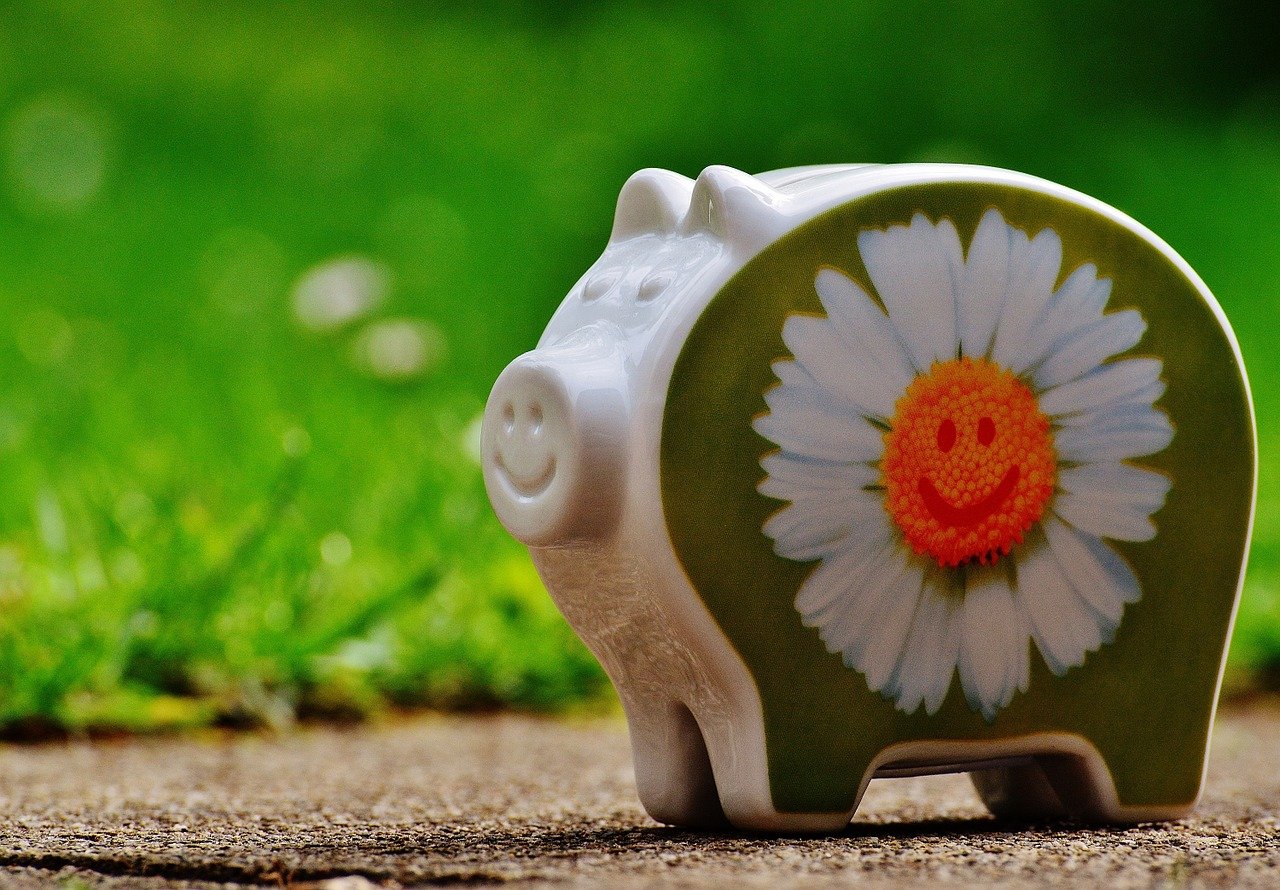I’ve been watching the new training bicycles cropping up all around, and I’m blown away at the simplicity and sheer obvious logic behind them.
As I watch little tiny kids ride the streets and trails on these bikes, it’s gotten me thinking about the options and transitions that we’ve traditionally taken to learning to ride a bike and how ineffective it actually is. And how we often use the same ineffective strategies in business.
The Tricycle
With three wheels, the tricycle provides a sense of stability, and no balance is required. But the center of gravity is high, so tipping over is common.

Peddling and maneuverability are limited and there are no brakes. Going up hill is nearly impossible, and going down hill is dangerous.
A traditional business model that centers on selling a product over solving a problem is akin to the tricycle.
It can be a solid, stable option-- as long as the conditions are right.
If there are hills or obstacles, your ability to keep up and the agility to quickly make adjustments is extremely limited and quite honestly, a bit dangerous to your well-being.
Training wheels
And so we move from the tricycle to training wheels: A two-wheel bike with two more wheels added for stability.
Training wheels seem like the next logical step to learning to ride a bike. But the problem is, you’ve really got 4 wheels, not two. You’re not learning to balance. You’re not relying on your own ability to control the bike. You’re relying on the bike to keep you upright-- and your success is dependent on those extra wheels doing their job.

The training wheel model is probably the most dangerous place for a business to be.
Relying on external forces to keep you afloat gives you a false sense of achievement plus a false sense of security.
You may think you’re branching out to the new model when you make adjustments to keep feeding those specific market forces that are allowing you to survive. But in reality, you’re not working independently.
You’ve got another wheel or two that are really holding you up. You're not reliant on your own balance and success to move yourself forward. In this case, you might feel like you’re riding that really cool two-wheeler, but to everyone else, you’re obviously riding a 4-wheeler.
Balance bike
Enter the balance bicycle, with its genius design: Low to the ground, with two wheels and no pedals.
Here the focus is on using your balance to ride the bike. It’s got a low center of gravity, which allows you find your balance while still being able to get your feet under you if needed.You’re not dependent on anyone to push you or any other wheels to keep you upright. Movement is up to you - simply push yourself with your own two feet. If you’re feeling unstable, just put your feet on the ground, regain balance, and keep going.
With a balance bike, the only things to think about are keeping your balance and moving yourself forward. You can go as fast as your legs will push you, you can glide with your feet off the ground, you can go over any terrain, and take it on jumps – you are limited only by your imagination and your willingness to give it a try.
You might wonder about the pedals, or lack thereof. Despite common thinking, pedals are really just a distraction from the fundamental factor of learning to ride a bike: Balance.
Pedals are a piece of cake to learn – once you’ve learned to balance. Unfortunately, tricycles and training wheels don’t help develop balance. So all this time, we’ve been focusing on the wrong thing to achieve success.
Going without the stability of additional wheels might initially seem like a scary, crazy idea. But it’s actually the safest option, and it’s the best option for teaching self-reliance and independence and seeing immediate success.
Finding your balance
Businesses that that are agile, quick and willing to let go of outdated business models and practices will see positive results.
Businesses that continue to let external forces prop them up may never actually learn to be successful on their own. And because they never allow themselves the opportunity to develop the skills they need, they will continue to work with a sense of fear and instability. These companies don’t believe that they can, in fact, do it on their own. Or they're just happy gliding along fully supported and not improving. But if those training wheels fall off for any reason, there will definitely be a mighty crash.
Moving to a new business model may feel really dangerous, but it's often a safer, more secure option. Remember the center of gravity? It’s better on the balance bike.
Still not convinced? Check out this video from Strider Sports on learning to ride. Then decide if you want your business to be an inefficient trike or a smooth running balance bike.
Photo credits: Strider Bike, Free-Photos, and RayPhotosPerth








